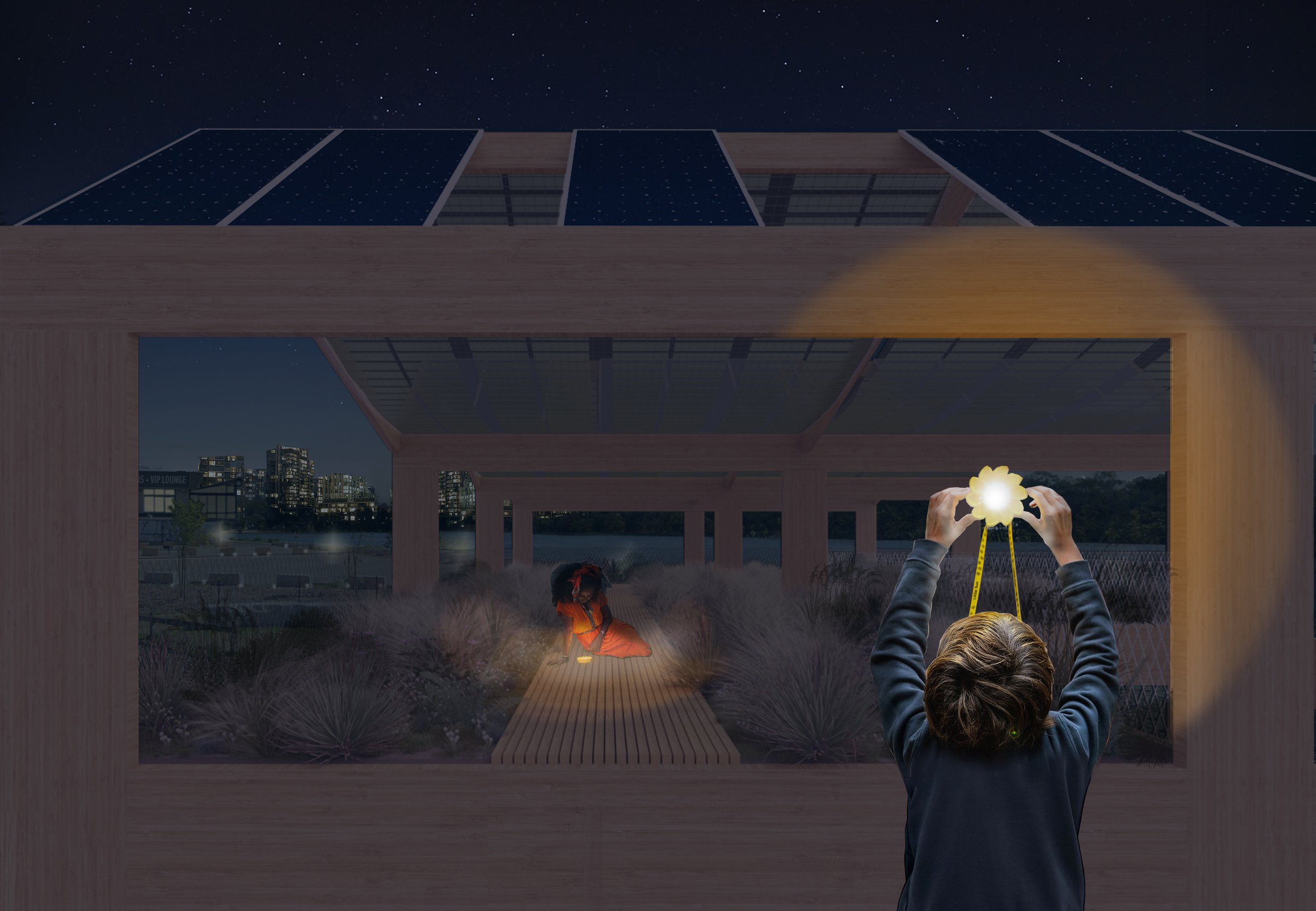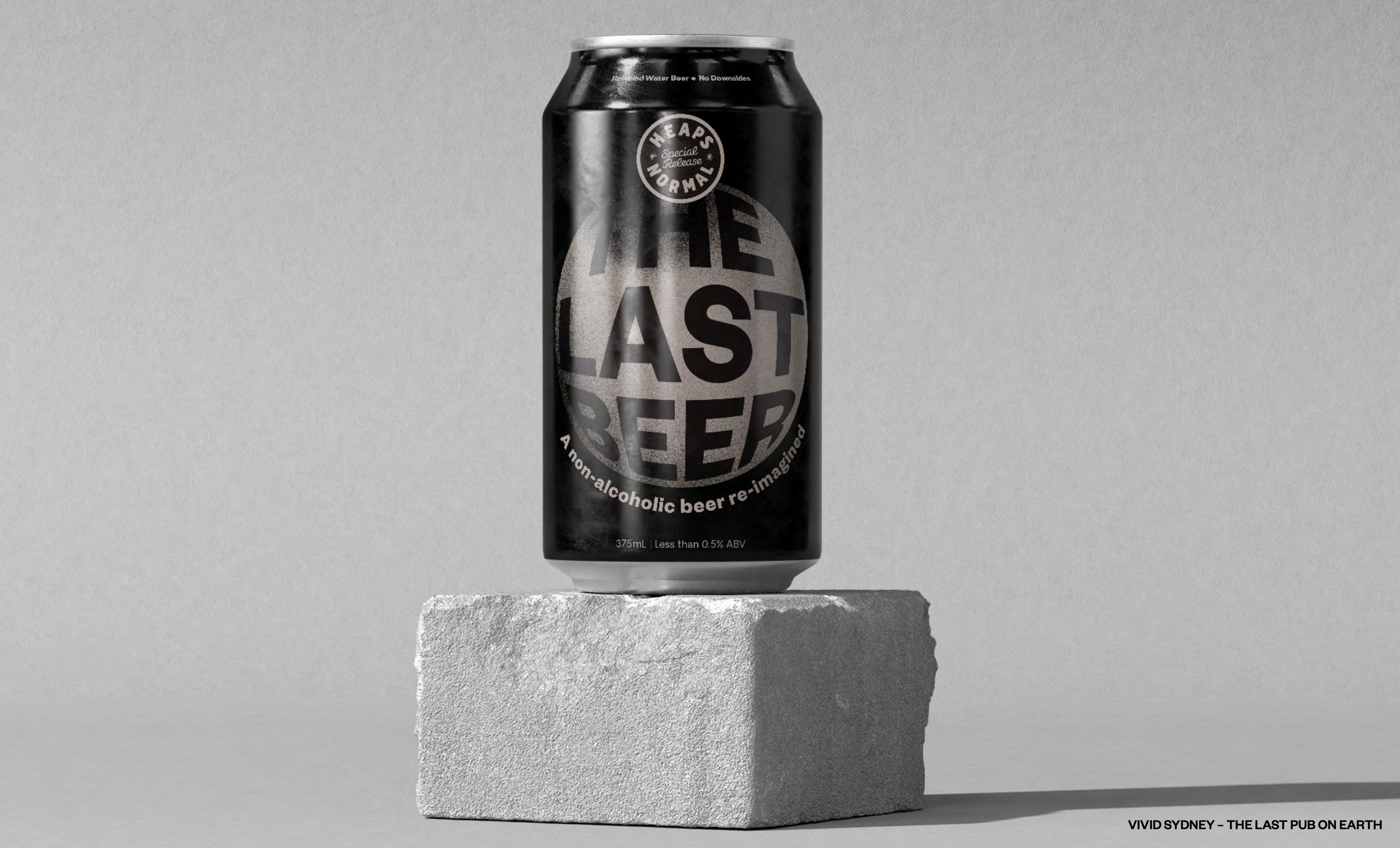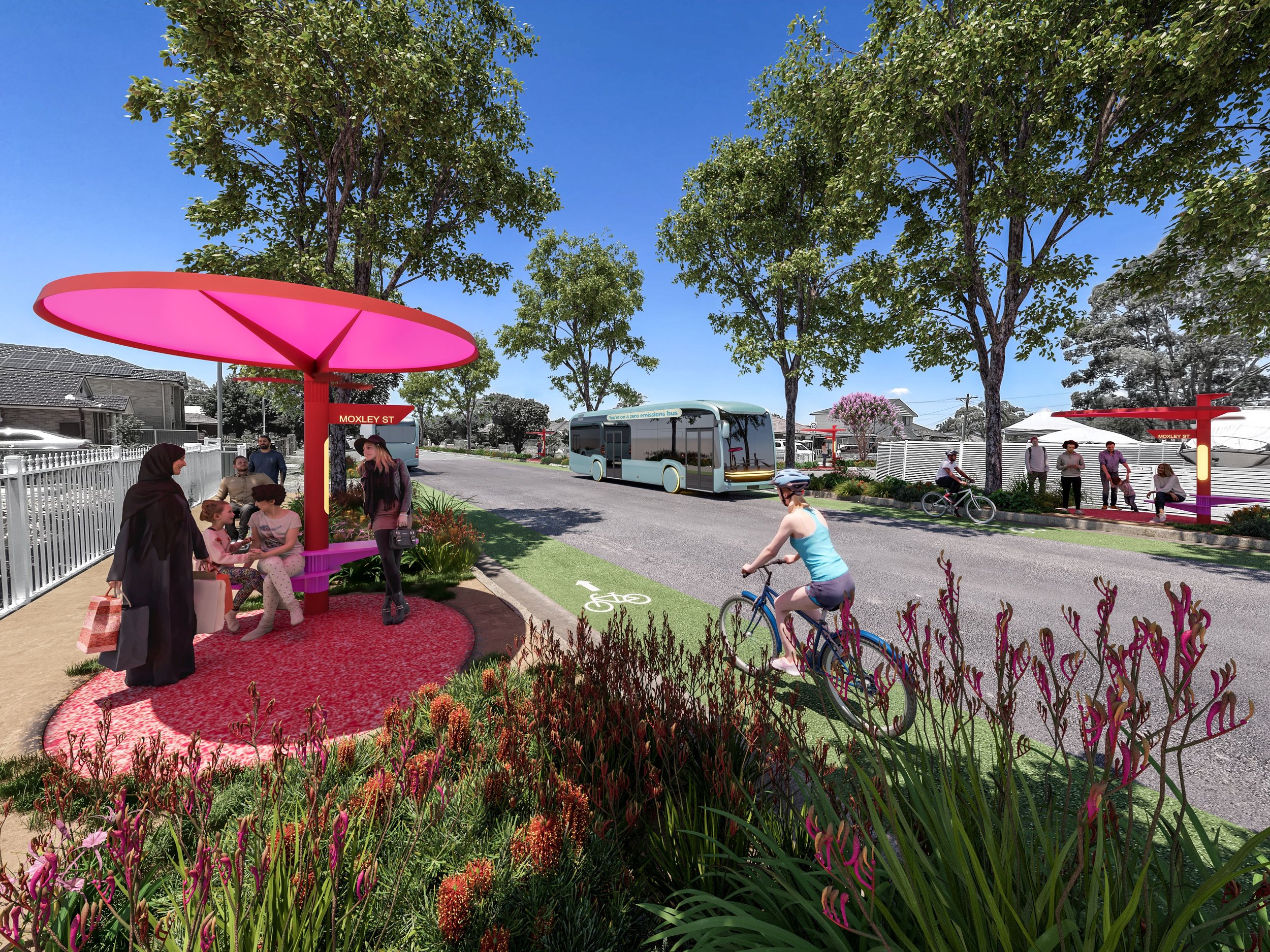How A New Normal Initiative Transforms Cities Into Producers To Solve Urban Challenges
In the vibrant world of urban transformation, A New Normal has emerged as a groundbreaking initiative rooted in the vision of turning cities into producers rather than mere consumers. Founded in Melbourne by environmental engineers and economists Ross Harding and Will Young, the genesis of A New Normal evolved from a casual 'what if?' idea you have over a couple of beers into a comprehensive platform outlining a $100 billion opportunity to transform the city - and detailing projects essential for its realization.
I caught up with Jess Miller, Director of A New Normal Sydney, to discuss this innovative urban transformation initiative, which seeks to turn cities into producers through its unique 'New Normalizing' approach, emphasizing creative, interdisciplinary solutions for urban challenges over traditional think-tank strategies.
As the Director of A New Normal Sydney, Jess Miller brings a diverse background to the table. From being a frontline climate change activist, working in PR and advertising, being a campaigner and creative, to serving as the Deputy Lord Mayor of Sydney, her unconventional journey led her to the realization that what cities need is not just another think tank. “I met Ross at the same time I was deeply considering the question, 'What does Sydney need?' and more personally, what can I do to contribute to this? Based on my experience, I came to the conclusion that what Sydney and many other cities around the world could use is not another think tank, consultants’ report, vision statement, or discussion paper - but effective implementation - a kind of ‘do tank’, she explained.
Jess was drawn to A New Normal for its proven track record of fast and impactful interventions, exemplified by the swift adoption and completion of projects in Melbourne, “Having investigated examples of implementation done well globally, what I recognized in A New Normal was an intervention that worked, and fast. In the first Melbourne example, there were fifteen concepts on exhibition as prototyped for Design Week 2020. Within the week, eight of these approaches were adopted. As of today, three of these projects have been completed. That’s what excites me about this approach, and that’s what I think Sydney and many other cities around the world need.”
What sets A New Normal apart is its unique approach to problem-solving, encapsulated in the concept of 'New Normalising.' Addressing 12 problem statements covering a range of urban challenges, A New Normal curates interdisciplinary teams comprised of an asset owner/developer, an architect/designer, a cultural mind, and a technical expert to work together to come up with a big idea that communicates as a visual render or ‘artist's impression’. These are blue-sky solutions to spark imagination, joy, and curiosity.
“For the most part, they are entirely impractical, but paint a lucid picture of what might be. The cultural or artistic influence on the team then brings the idea to life as a small-scale prototype installation that the public is invited to interact with,” Miller added.
In Sydney, A New Normal is currently gearing up for a major festival in May 2024, where prototypes will be unveiled. Miller further explained, “Once we whet the public appetite for these solutions and approaches, we gather the collective intelligence of the teams to begin designing a pilot. This is the bit where we consider the business case and payback period, policy and regulatory barriers, and design solutions for real sites.”
Rather than approaching the government with problems to fix, A New Normal identifies specific changes that unlock opportunities, offering a fresh perspective on urban development. “ In actually doing the ‘thing’ we can identify the specific planning, financial, technical, cultural, or regulatory barriers that currently prevent good ideas from existing. This is a different approach to conventional government advocacy and lobbying in that instead of going to the government with problems they have to fix, we are taking every specific change that would help unlock big opportunities. So, in a way, it’s back to front and upside down. But positive results are being achieved through this type of acupuncture intervention, which is very different to a surgical approach, which is often painful, risky, and expensive,” she added.
A point of pride for A New Normal is the successful retrofit of an existing medium-density apartment block in Melbourne, showcasing a remarkable reduction in energy bills from $35 to just $2 per week. This project, which now exists as an exemplar for other apartment retrofits and a case study of how to do it, began as a concept drawing of a building wrapped in a blanket by architecture firm Fender Katsilidis. It morphed into a mural of thermal insulation at Design Week that demonstrated the benefits of energy efficiency and insulation to create thermal comfort, and then the idea progressed to a real site. “That’s the process fully realized and what we’re aiming to achieve across the board. That’s perhaps the only radical thing about the whole approach,” Miller noted.
Looking ahead to the current year, A New Normal Sydney unveils a promising lineup of projects.
For the Circular Economy, a team led by Heleana Genaus has created a reusable modular retail shelving system for a major shopping center chain that utilizes materials that would otherwise go to landfill.
Architect firm Hill Thalis has designed a prototype called AGora that utilized waste created within a suburban development site to create heat, energy, fertilizer, and water but most importantly provides essential community infrastructure within greenfield development.
Beer brand Heaps Normal is working on a concept that takes treated recycled water and turns it into non-alcoholic beer. This intervention stops the current practice of having highly treated drinkable water being pumped out to sea and helps Australians ‘get over’ drinking treated recycled water. The working title is ‘On the Piss’.
Architecture firm Aileen Sage and community housing provider Bridge Housing, are reimagining social housing in a way that delivers no bills to residents. UNSW Design School has teamed up with the local health district and firm Abstract9 to convert a disused hospital ward into a creative precinct.
SJB architects, community group Sweltering Cities, and agency Open Arms have drawn inspiration from sunflowers to design bus shelters that protect public transport commuters from urban heat and rain. Neesom Murcutt Neale has teamed up with ROEV to reimagine gas stations as large-scale infrastructure that support ‘forever cars’ where internal combustion engines are upgraded to EVs.
In the grand tapestry of urban transformation, A New Normal continues to weave inspiring narratives, challenging conventional norms, and providing tangible solutions for cities seeking a sustainable and impactful future.







